Have you ever discovered a forgotten packet of instant ramen at the back of your pantry and wondered, “Is this still safe to eat?” If so, you’re not alone.
Whether it's a classic cup of instant noodles or a bundle of fresh ramen (nama rāmen 生ラーメン), ramen is a pantry favorite around the world for its convenience, comfort, and rich cultural roots. But just like any food, ramen doesn't last forever. Its shelf life depends on what it's made of, how it's stored, and how long it’s been sitting around.
Let’s unravel the facts behind ramen expiration, what to look for, how to store it properly, and when to know it’s time to say goodbye to that beloved bowl.
While ramen might expire, artisan-made ramen bowls don't! Explore our collection today!
Shelf Life of Ramen: Instant vs. Fresh
🍜 Instant Ramen Noodles
Most instant ramen is dehydrated and often deep-fried in oil during processing. Thanks to these methods and the addition of preservatives, instant noodles can last up to 1–2 years when stored correctly in airtight packaging.
🥢 Fresh Ramen Noodles (生ラーメン)
Fresh or refrigerated ramen contains more moisture and lacks the preservatives of its instant counterpart. As a result, it typically expires within 1–2 weeks when refrigerated, or 1–2 months when frozen in a freezer-safe container.
Always check the expiration date printed on the package, especially if you’re buying from a Japanese grocery or importing specialty noodles.

Factors That Influence Ramen Expiry
🔥 Heat and Humidity
Warm temperatures and high humidity accelerate fat degradation and encourage microbial growth, especially in flavored seasoning packets or fresh noodles.
🛑 Packaging Integrity
Tears, holes, or even small punctures in the package allow moisture and oxygen in, promoting rancidity in oils and spoilage. Always inspect the packaging before use.
🍥 Fats and Oils
Instant ramen often contains oil-based flavoring. Over time, these can break down and go rancid, resulting in unpleasant smells and flavors.

Signs of Ramen Expiry
🚫 For Noodles
- Discoloration, clumping, or stickiness
- Cracked or dry, crumbly noodles (if previously soft)
- Slimy or sour-smelling fresh noodles
🚫 For Seasoning Packets
- Clumps or caking in the powder
- Rancid or sour oil scent
- Visible mold or changes in color
Tip: When in doubt, toss it out. The risk of foodborne illness isn’t worth it, even for your favorite flavor.
Taste and Quality of Expired Ramen
Even if it’s technically safe, expired ramen may disappoint:
- Bland or off-tasting broth (often described as cardboard)
- Rancid oil aroma or metallic notes
- Chewy or overly soft noodle texture
Safety and Risks of Eating Expired Ramen
Ramen is generally low-risk, thanks to its dehydrated nature. But eating spoiled noodles or flavorings with degraded oils can lead to stomach discomfort or worse.
To reduce risk:
- Store in a cool, dry place
- Check for unusual odors or textures
- Heed expiration dates as a guideline, not a guarantee

Storage Practices for Ramen
📦 For Instant Noodles
- Keep in original or airtight containers
- Avoid humidity and direct light
- Keep away from temperature fluctuations
❄️ For Fresh or Frozen Ramen
- Refrigerate and consume within the labeled shelf life
- Freeze noodles and broth in freezer-safe containers
- Don’t refreeze thawed ramen
Final Slurp: When in Doubt, Throw It Out
Ramen is a timeless favorite among students, travelers, and food enthusiasts alike. But, like all things, it has its limits. Paying attention to expiry signs, proper storage, and taste quality ensures every bowl is safe and satisfying.


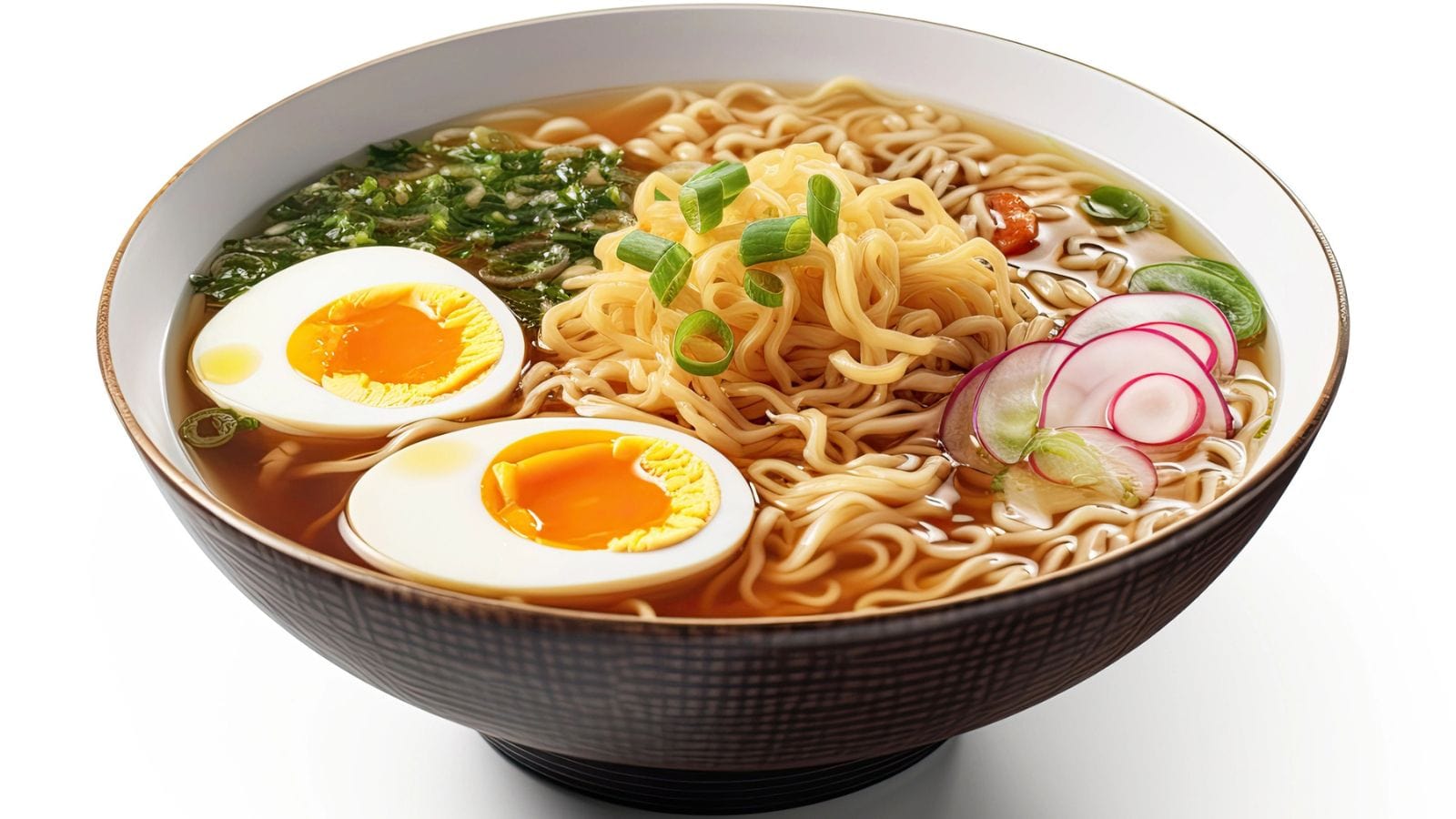
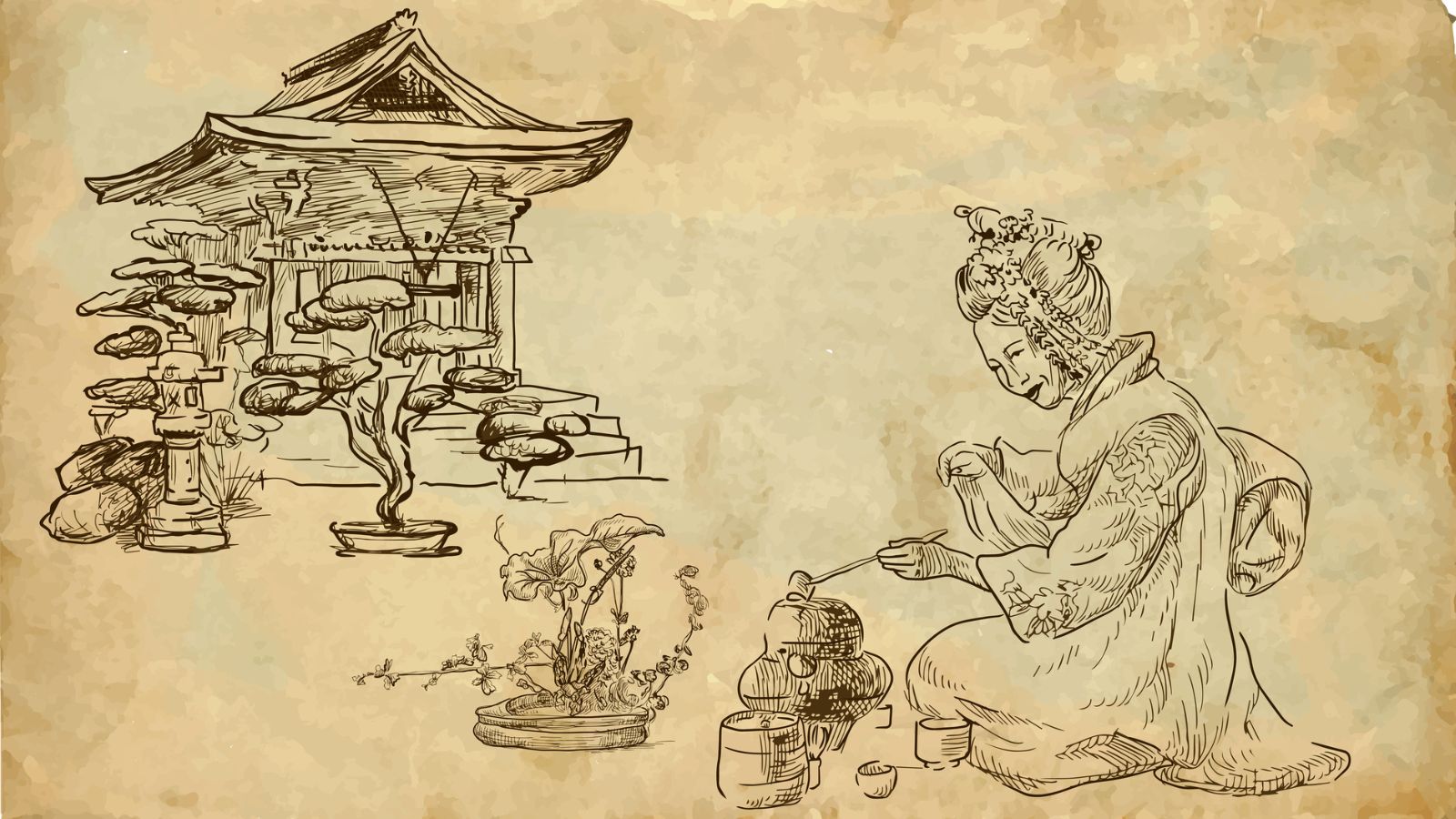


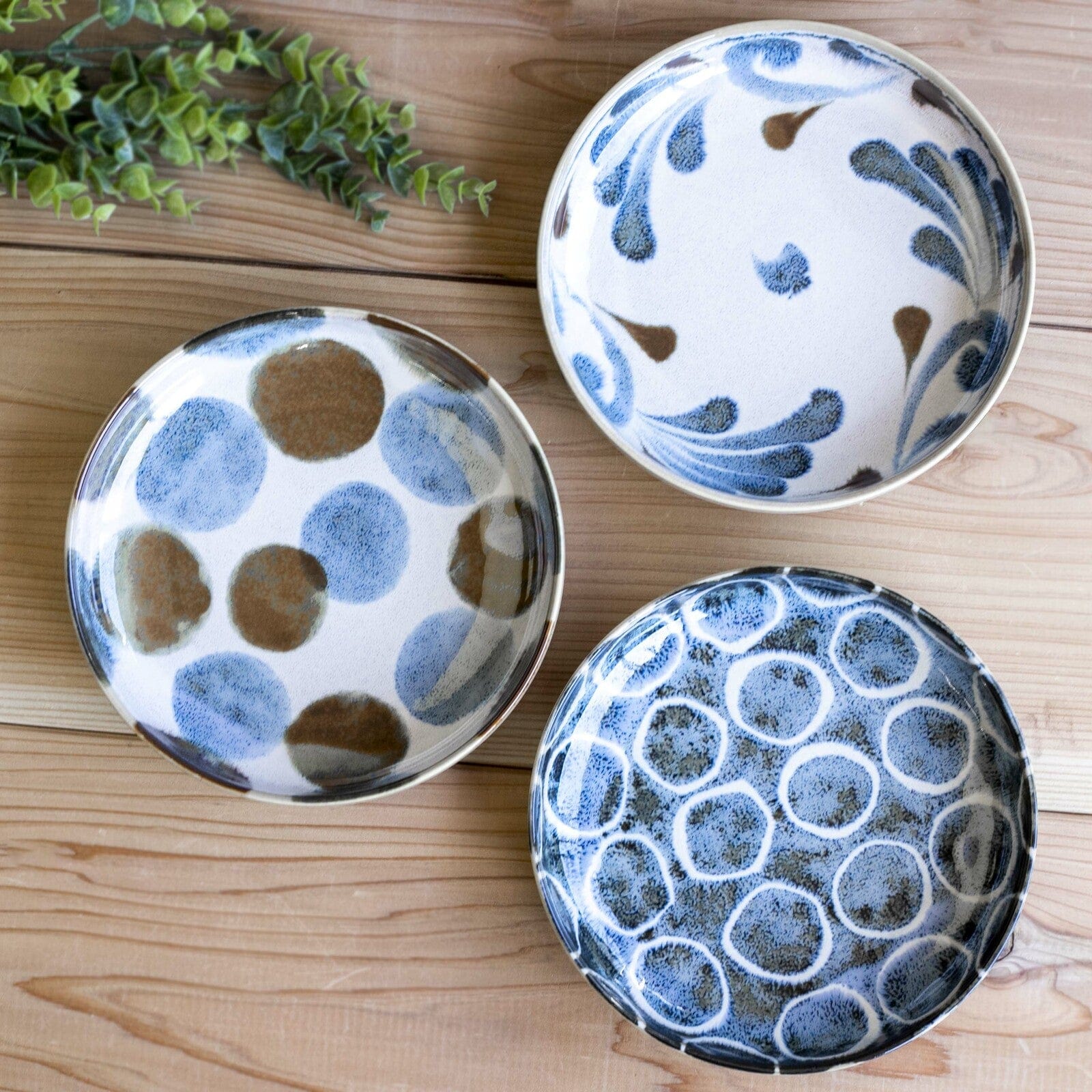
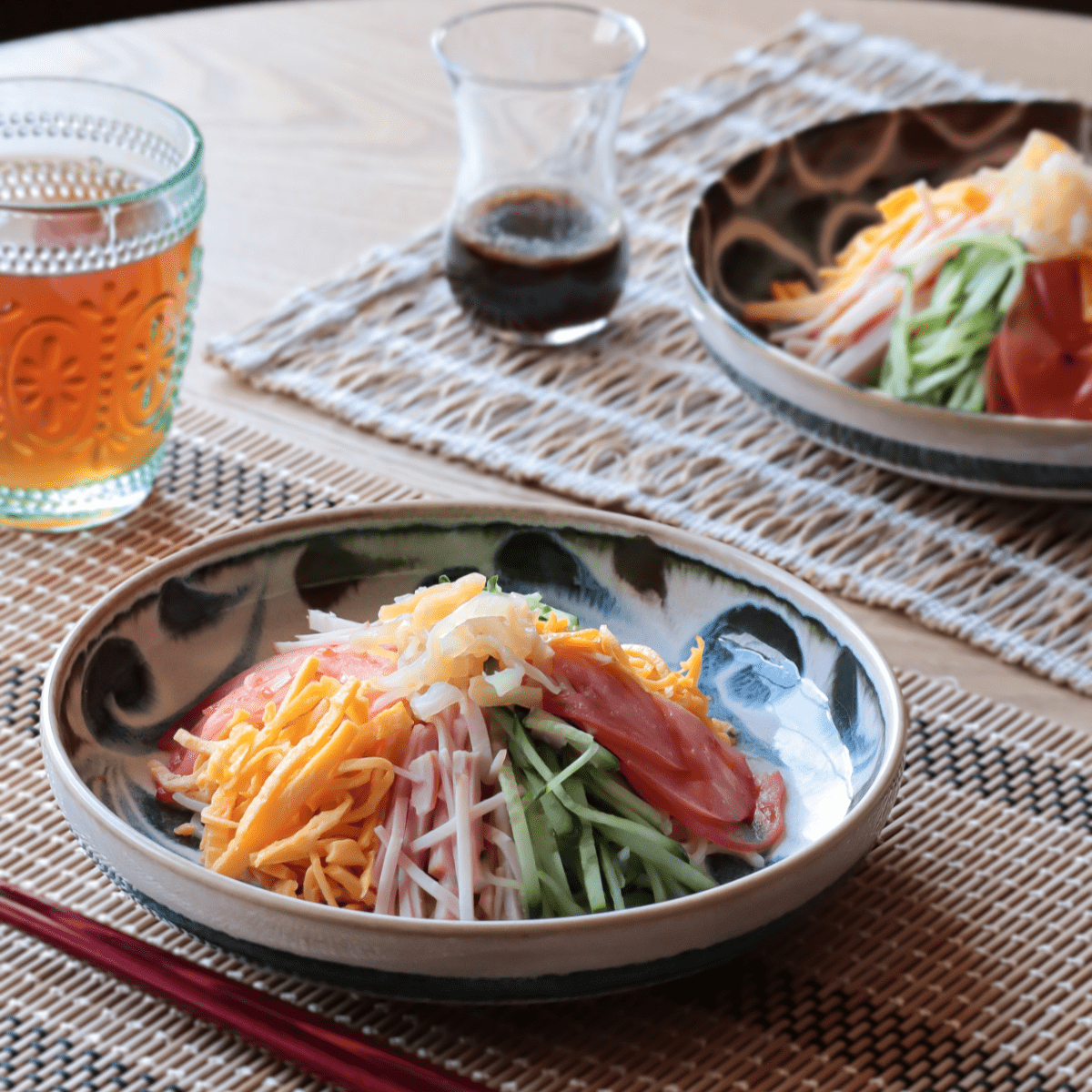


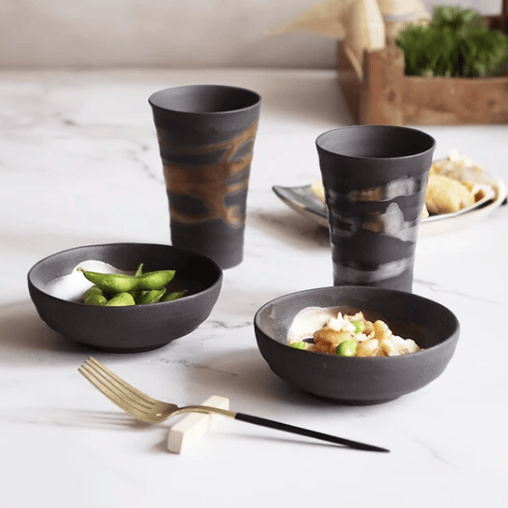
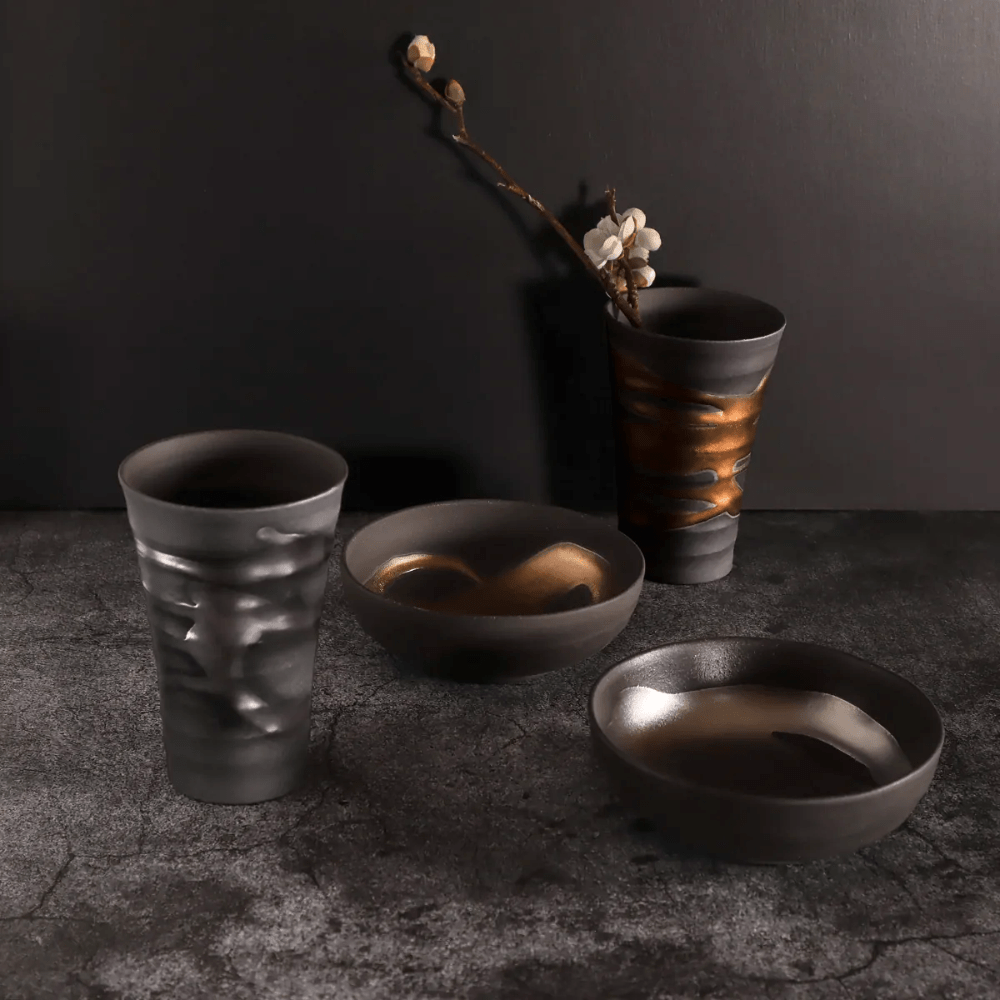
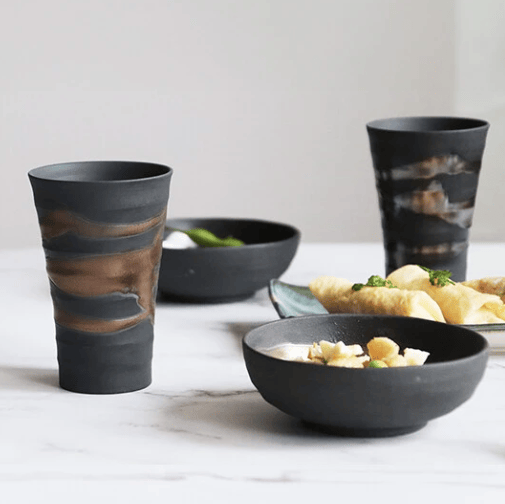
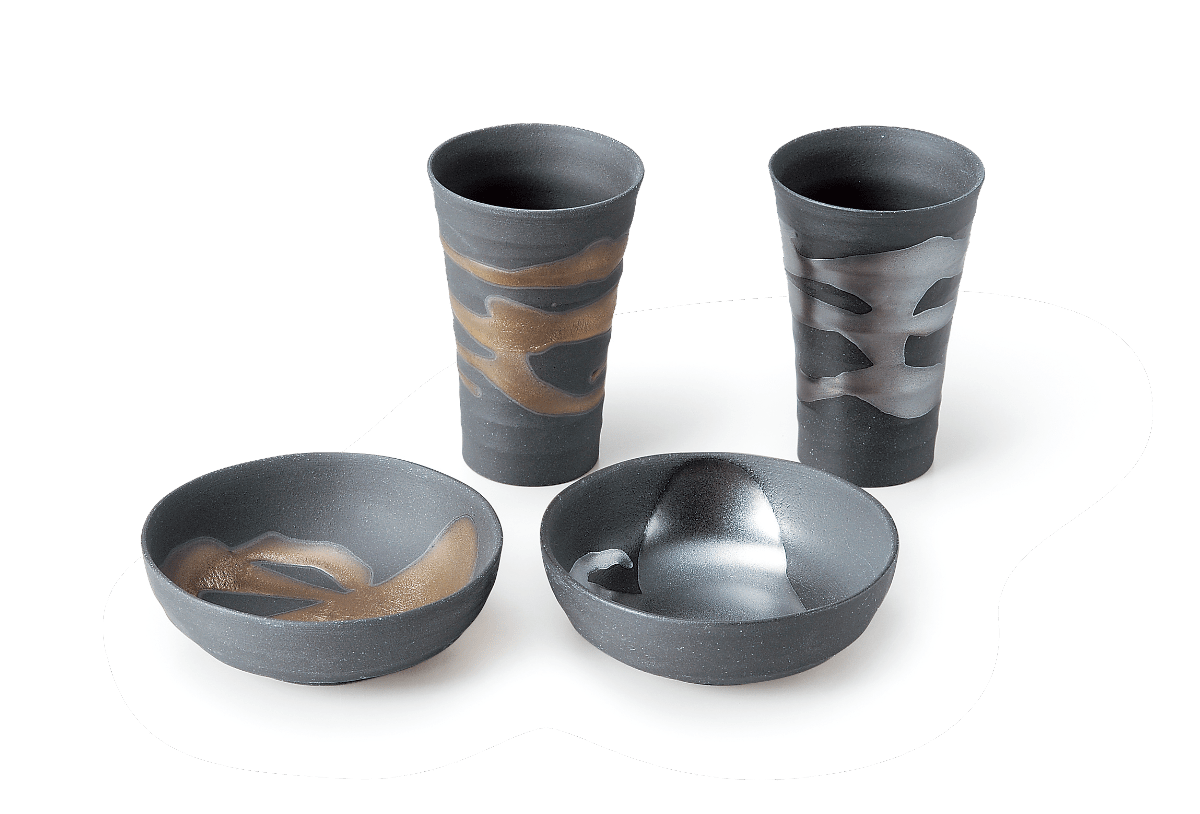
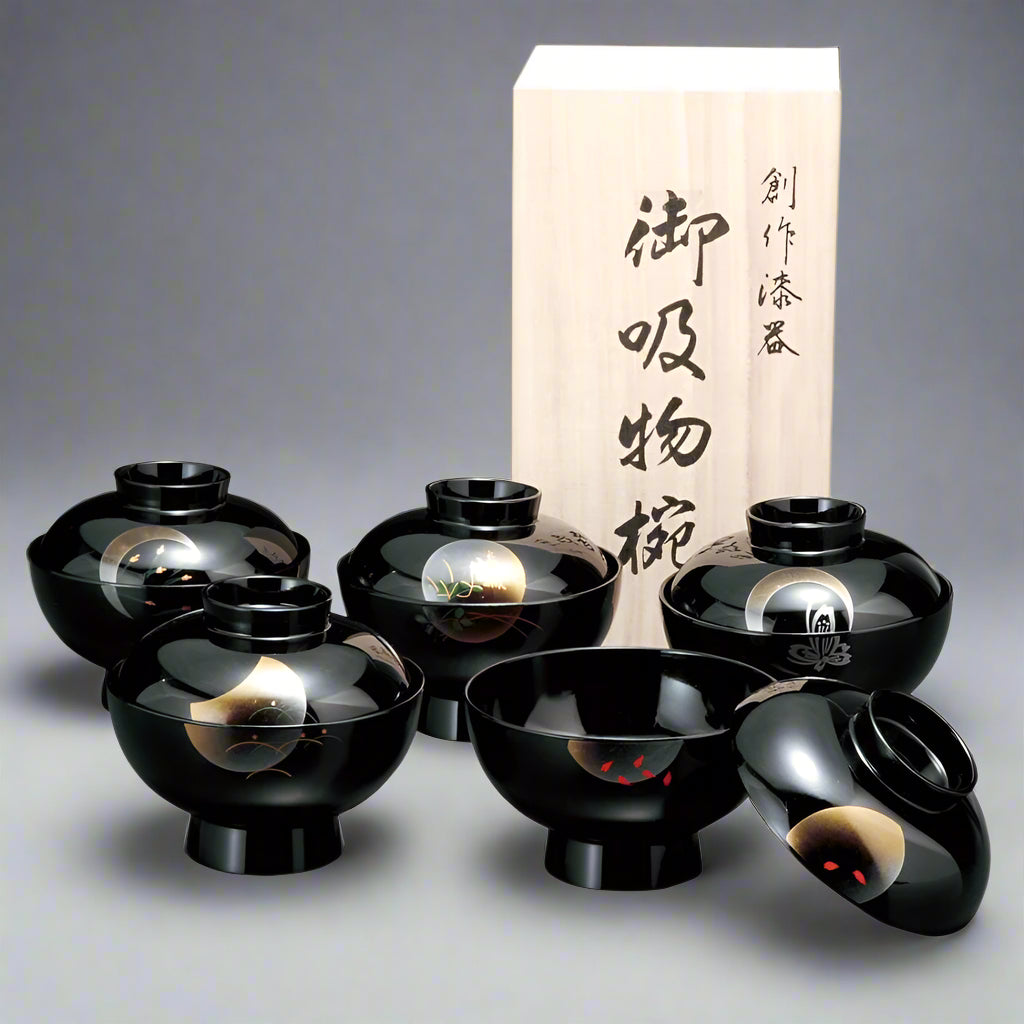
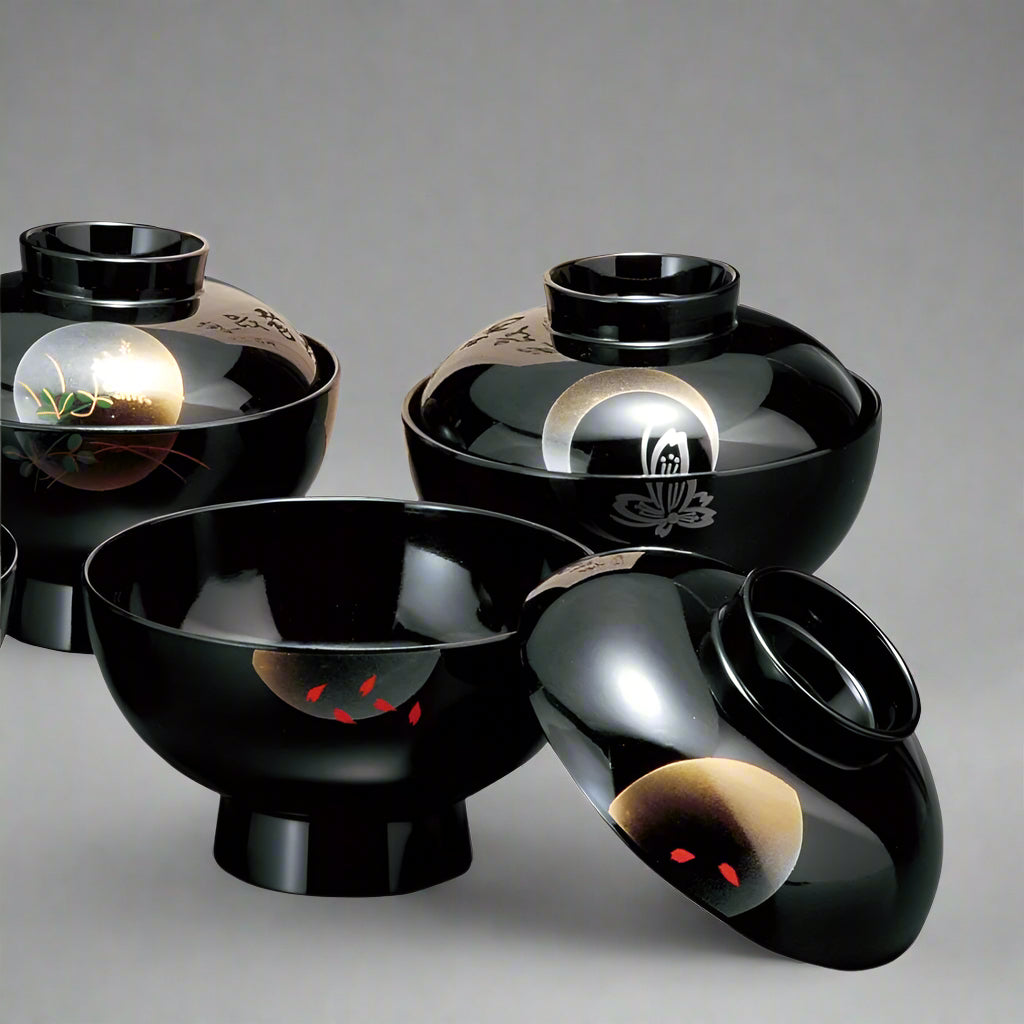
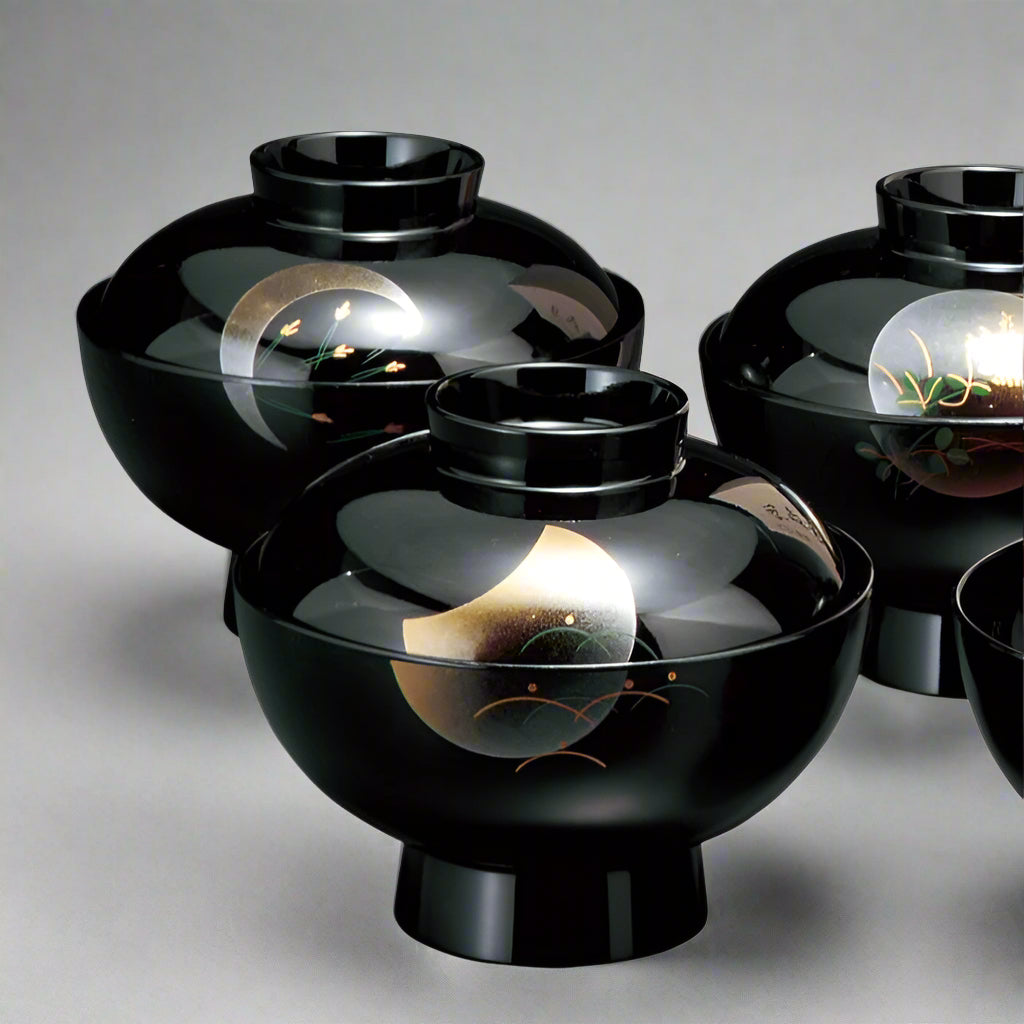
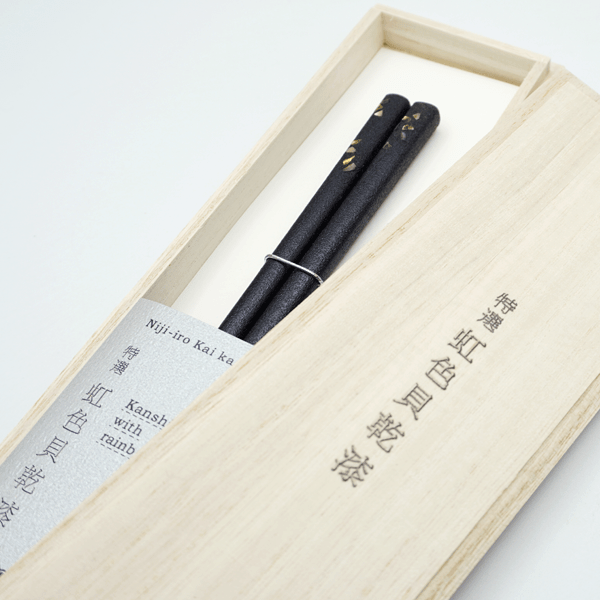
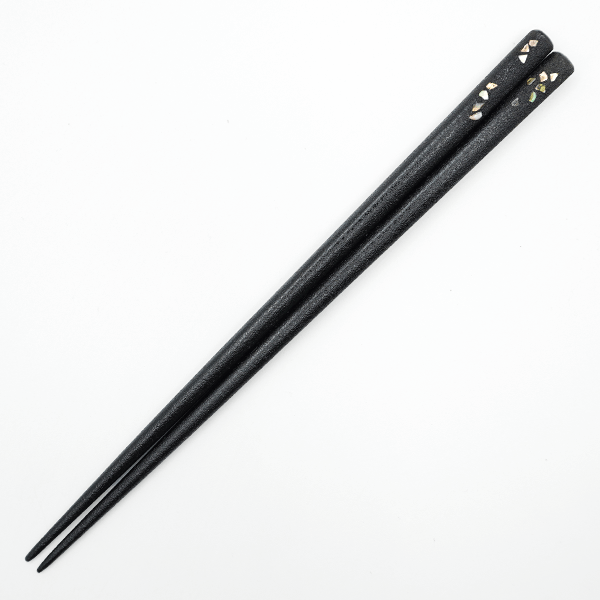
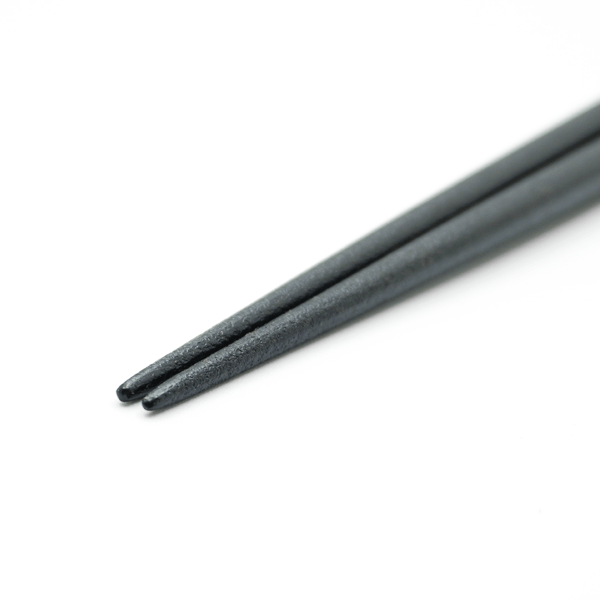
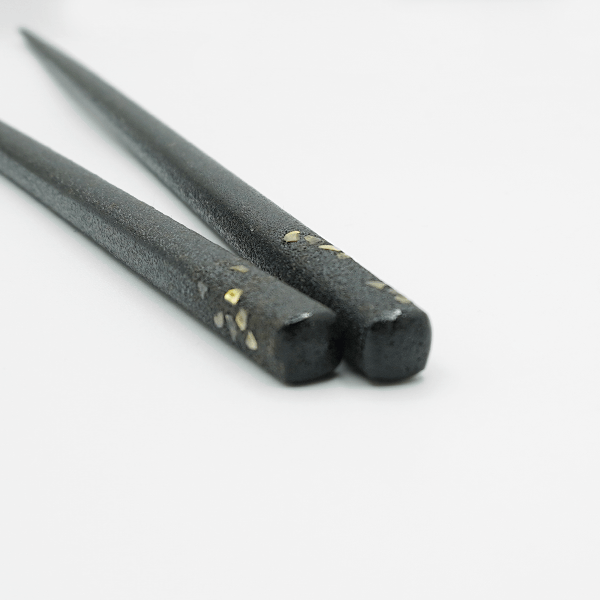
Share: